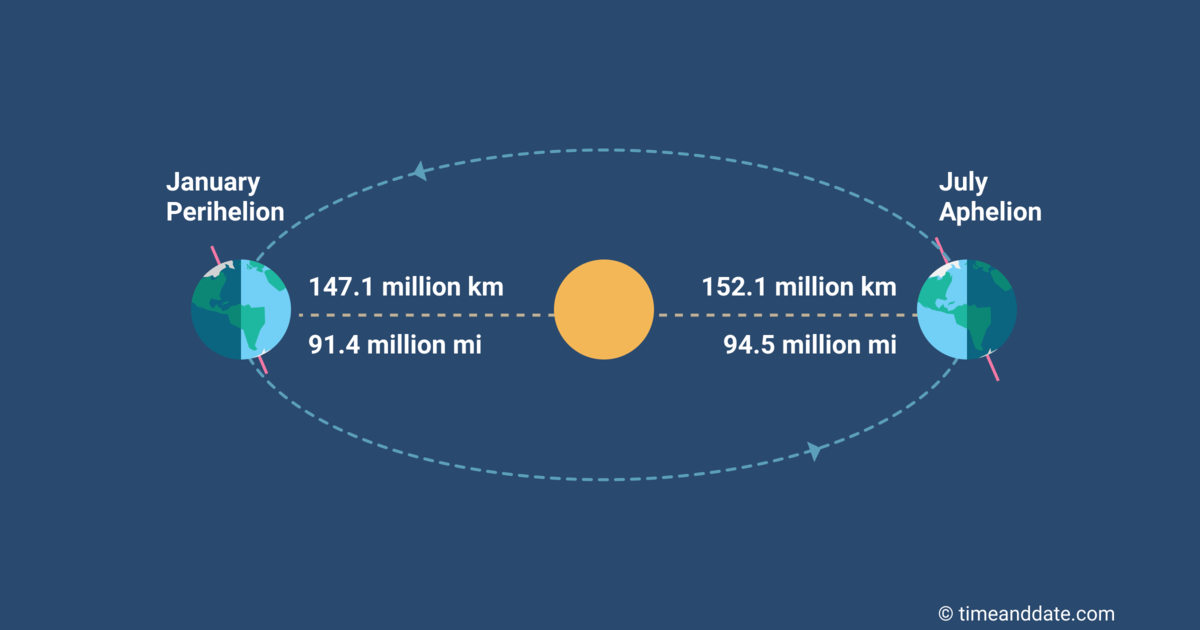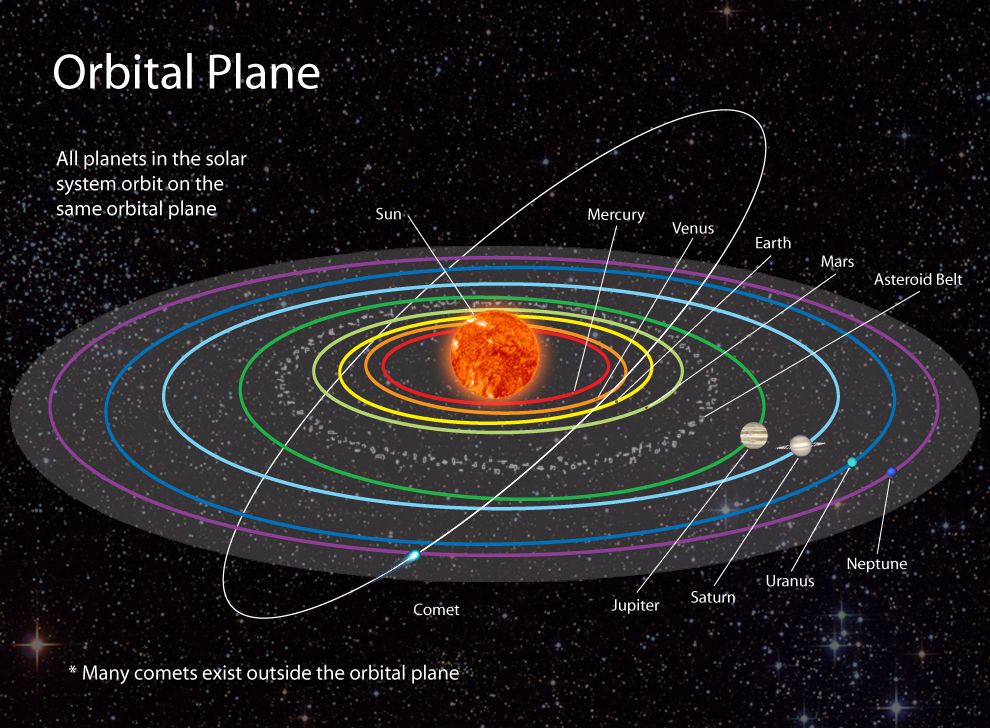Copernicus (1473-1543) was not the first person to claim that the Earth rotates around the Sun. In Western civilization, ancient Greek astronomer Aristarchus of Samos is generally credited with being the first person to propose a Sun-centred astronomical hypothesis of the universe (heliocentric). At that time, however, Aristarchus’s heliocentrism gained few supporters and 18 centuries would then pass before Renaissance astronomer Nicolaus Copernicus produced a fully predictive mathematical model of a heliocentric system.
Yet Ptolemy's geocentric model, worked out around A.D. 150 (some 1,400 years before Copernicus developed his heliocentric one) was accepted for centuries. According to the cosmos of the ancient astronomer and mathematician in Alexandria, the sun was the fourth sphere from the central, stationary Earth, in between Venus and Mars. Earth orbits the sun once every 365.25 days. Find the average angular speed of Earth about the sun. Answer in units of rad/s.? The Earth is in constant motion. It orbits the Sun, taking about 365 days, or one year, to complete one orbit. The Earth is the planet that we all live on. As with all planets it is spherical in shape, although some ancient civilisations thought that the Earth was flat! It orbits around the Sun, and is the third planet out from the centre of our Solar System. The Moon is a natural satellite of the Earth, meaning that it orbits around the Earth. Aristarchus found a Sun distance of 40 times that of the distance to the Moon. This would make the Sun also 40 times the size of the moon. His calculation was way off, but he.
ANCIENT TIMES
Yajnavalkya (9th Century BCE)
Before the Golden Age of Greece, speculation that the Sun and not the Earth lay at “the centre of the spheres” dates back at least to the time of the Indian philosopher Yajnavalkya (9th Century BCE), who was part of a Vedic Tradition which used mathematics and geometry in some religious rituals. As Yajnavalkya wrote in a sacred Hindu text (Shatapatha Brahmana: 8.7.3.10):
“The sun strings these worlds – the earth, the planets, the atmosphere – to himself on a thread.”
Earth Orbits The Sun Discovery
This is one of the first recorded references to heliocentrism, but supporters of the idea were in the minority and India continued to believe in a geocentric model until the telescope was invented in the 17th century.

Aristarchus (310BC–230 BCE)
In the days of Aristarchus our solar system was considered to be the whole of the known universe, with the Earth placed at its centre, and the rest of the planets and fixed stars revolving around the Earth daily. According to Aristarchus’ revolutionary new theory, however, it was the Sun, not the Earth, which inhabited its centre, while the Earth, and the rest of the planets orbited around the Sun in a circular motion,
Unfortunately, Aristarchus’ one work which did survive from ancient times makes no mention of his heliocentric model, and so his ideas on the subject have had to be pieced together from references by such important figures as the Greek philosopher Sextus Empiricus (160-210 AD), and the Greek biographer Plutarch (45-127 AD). As the Greek mathematician Archimedes (287-212 BC) also noted in his book “The Sand Reckoner”:
“His hypotheses are that the fixed stars and the Sun remain unmoved, and that the Earth revolves about the Sun in the circumference of a circle, the Sun lying in the middle of the orbit.”
Nevertheless, Aristarchus’ heliocentric theory seemed counter-intuitive to the senses, and gained few supporters among philosophers, mathematicians and scientists. In fact, the only astronomer by name known to have done so is Seleucus of Seleucia (190-150 BC), who was born around four decades after the death of Aristarchus.
– Contrary To Religion
The concept of a heliocentric model of the solar system also encountered fierce resistance from religion, which saw God’s chief creation man placed at the centre of the universe. Even some of Aristarchus’ contemporaries, such as the philosopher Cleanthes (330-230 BC), took exception to Aristarchus for diminishing the importance of the Sun by setting it amongst the “fixed stars”. Aristarchus was also attacked for propounding the ideas of Anaxagoras (497–428 BC), who two centuries earlier had asserted that the Sun is a star, and not a god.
– Contrary To Mathematics
Meanwhile, the scholar Dercyllides dismissed Aristarchus’ supposition on the Earth’s movement around the Sun as “being contrary to the theories of mathematicians.” Key to his heliocentric theory’s rejection on scientific grounds was that there appeared to be no apparent signs of any observable parallax, or shift in positions of the stars as the Earth orbited from one side of the Sun to the other. This was held up as an argument against heliocentrism throughout the ensuing centuries. In truth, the stars are so distant that any parallax is too small as to be unobservable. Consequently, it wasn’t until 1838 that Friedrich Bessel achieved the first successful measurements of stellar parallax using a heliometer, or a refracting telescope with two lenses capable of gauging the angular separation between two stars.
Plato, Aristotle And Ptolemy
Consequently, the geocentric model of the solar system with the Earth placed at its centre proposed by such Greek philosophers as Plato (428-348 BCE), and Aristotle (384–322 BCE) became the accepted version of celestial events. In 140 AD the geocentric model was then cataloged by Ptolemy (90–168 AD) in his masterpiece entitled ‘Almagest’ which then became the established belief in the western world for the next 14 centuries.
THE RENAISSANCE
Copernicus (1473-1543)

Renaissance mathematician and astronomer Nicolaus Copernicus tried to revive Aristrachus’ heliocentric theory, and by 1532 had basically completed his manuscript entitled ‘De revolutionibus orbium coelestium’ (On the Revolutions of Heavenly Spheres). In his seminal work, Copernicus formulated a fully predictive model of the universe in which the Earth is just another planet orbiting the Sun, but fear of being branded a heretic by the Christian Church meant that he waited until his deathbed in 1543 before publishing the book.
The Copernican Revolution which ensued is now seen as the launching point to modern astronomy, although at the time the Catholic church suspended Copernicus’ book, pending corrections, and vehemently tried to suppress all arguments relating to his heliocentric theory. Interestingly, De Revolutionibus wasn’t banned by the Church until March 5, 1616, and only after Galileo drew heavily on the book to support his own heliocentric ideas.
Galileo Galilei (1564-1642)


The next century, Galileo Galilei (1564-1642) used the newly invented refracting telescope to further expand on Copernicus’ theory, and after discovering Jupiter’s four main moons in 1610, the first satellites ever found orbitting another planet, he subsequently observed the phases of Venus, thereby showing that it was in fact the planets that orbit the Sun. In 1632, Galileo then published his book entitled ‘The Dialogue Concerning the Two Chief World Systems‘ in which he compared the Copernican system with the Ptolemaic system, but was subsequently convicted on “grave suspicion of heresy”, forced to recant his beliefs, and subsequently spend the rest of his life under house arrest.

Sir Isaac Newton (1643-1727)
After Sir Isaac Newton invented the reflecting telescope in 1688, it soon became eminently clear that the Earth was not the centre of our solar system. The final nail in the coffin of geocentrism then came after Newton published his Principia Mathematica in which he definitively proves the heliocentric model first proposed by Copernicus.
Edmund Halley (1656-1742) would later use Newton’s equations to predict the return of a comet in 1758 to give final proof to the heliocentric theory.
I will now leave you with a beautiful astronomy quote from Copernicus’ ‘De revolutionibus orbium coelestium’ published on his death-bed in 1543, which states:
Earth Orbits The Sun In An Elliptical Pattern
“In the center of all rests the Sun. For who would place this lamp of a very beautiful temple in another or better place than this from which it can illuminate everything at the same time?”
